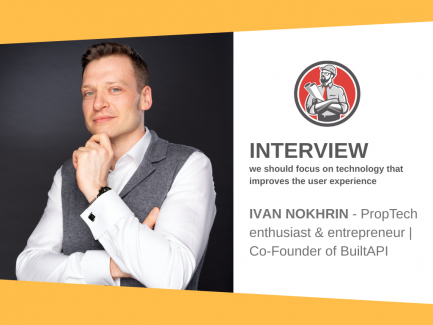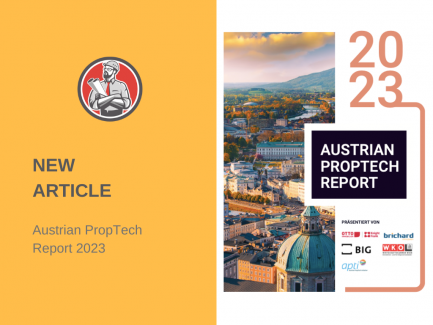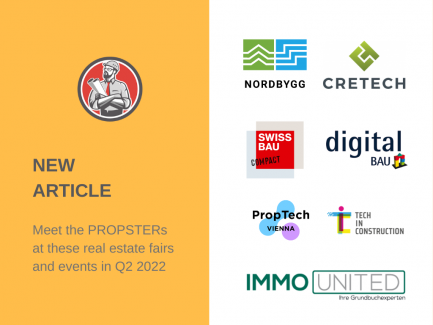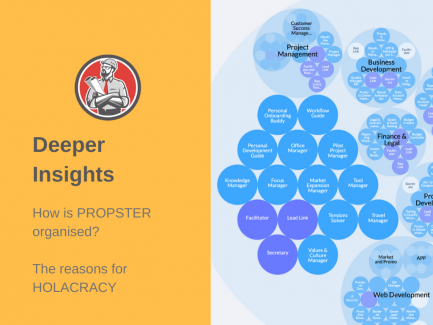Digitising The Defect Management Process
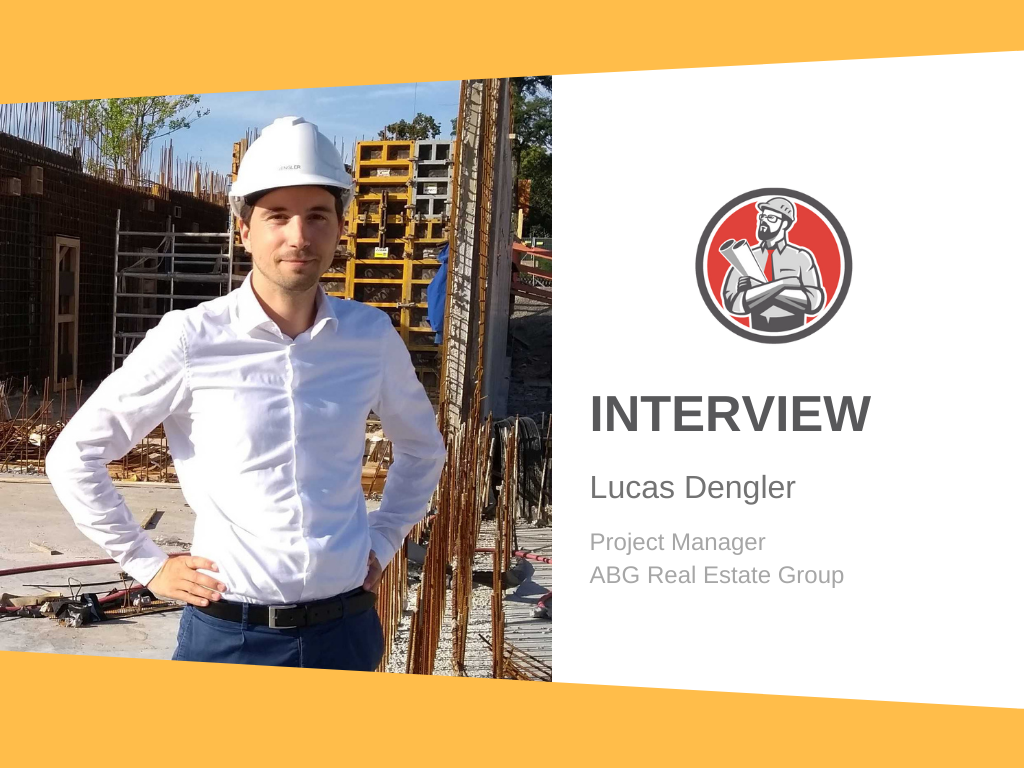
Conversation with Lucas Dengler, Project Manager ABG Real Estate Group
Talking and sharing ideas brings people together…
In November 2019, we held our last client event before Covid19 entered the global picture and made physical meetings impossible. In planning this event it was important for us that those in attendance, property developers and real estate project managers, should feel comfortable in sharing their honest opinions and thoughts on topics affecting the real estate industry. Therefore, we needed to find a venue that would be suitable for the informal but intimate vibe we were seeking to create. It was decided that Munich’s Smart Village would make for a good host venue. It’s a fun co-working space that combines rustic breakout areas with ceiling-mounted swings whilst offering all of the professional bells and whistles necessary for an important business meeting or seminar. Two of PROPSTER’s four co-founders, Klaus Kainrad and Tobias Puchner, kicked the event off by giving the assembled guests a deep insight into the PROPSTER platform. After the presentation and follow-up discussion had concluded, the talks continued over a hearty buffet featuring plenty of veal sausages – a delicious Bavarian staple. As most guests said their goodbyes and headed back to their offices, Lucas Dengler, a Project Manager at ABG Real Estate Group stayed on to ask more questions.
This was the start of our journey with ABG Real Estate Group.
Just under a year later, in September 2020, we announced our first project with ABG Real Estate Group. TRULIVING, a development in the Trudering district of Munich was the first project that ABG used PROPSTER to help bring to the market. With TRULIVING, the design philosophy revolved around satisfying people’s desire for contemporary apartments and green, peaceful spaces – a real luxury in busy urban environments.
Now that PROPSTER’s platform has been in use for some time, we took the opportunity to reach back out to Lucas Dengler. In his position as project manager for the TRULIVING project, Lucas had become extremely familiar with PROPSTER – he had some insightful and positive words to share – it would be rude of us not to share them with you, dear reader!
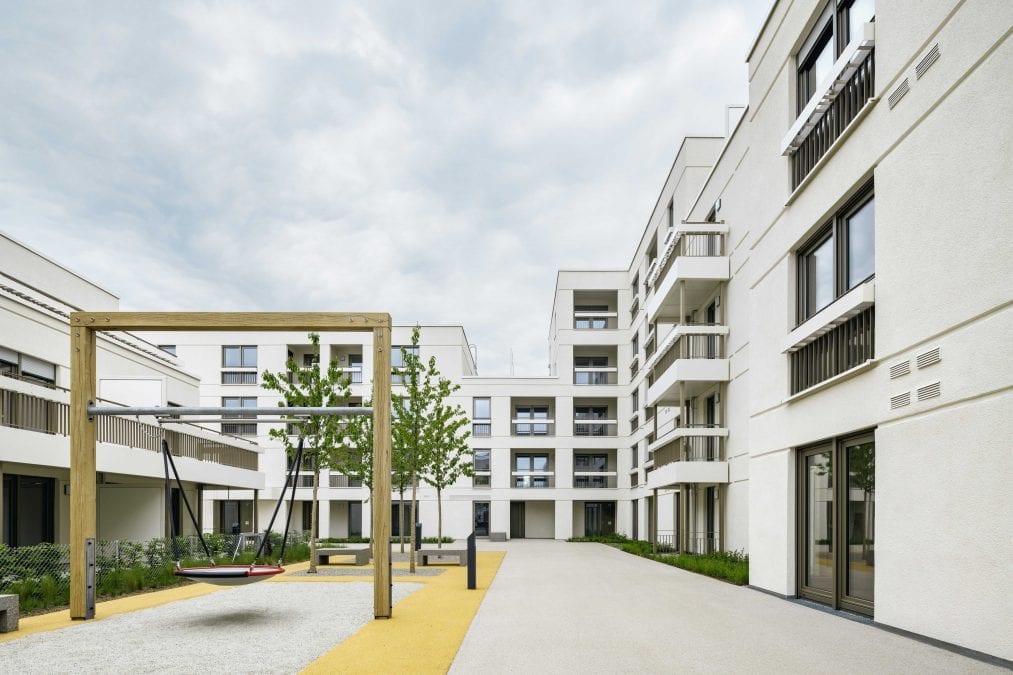
We’ll start with you, Mr Dengler. Could you give us an insight into your background and expertise in Real Estate, and then talk a little about your responsibilities at ABG Real Estate Group?
I graduated as a civil engineer from the Technical University of Munich. Even there, the topic of digitalisation played a central role, which led to me developing a fundamental affinity for all new technologies. After working in construction management and project management offices, I took on the role of project manager at ABG Real Estate Group 5 years ago. Here, I’m primarily responsible for the technical handling of various real estate projects. My role includes overseeing the planning, construction and sales of new developments such as the TRULIVING project in Munich, where PROPSTER was first used.
From your position, what do you currently see happening in regards to the digitalisation of the real estate industry?
We have been observing two trends for years. Firstly, qualified personnel is becoming increasingly scarce in our industry. Secondly, the construction industry has experienced an incredible boom. As a result, an unbelievable amount of work is continuously building up with few qualified people to take care of it. That’s the primary reason why, here at ABG Real Estate Group, we’ve made digitalisation our top priority.
We hope that digitalisation will help us to channel, structure and prioritise the increasing flood of data so that we can then process it efficiently. There should be more time for the really important and, above all, creative tasks. All project participants should benefit from this; for example, it’s important to us that the architects, planners and contractors that we work with benefit just as much from digitalisation as we do.
PROPSTER is a great example of digitalisation bringing benefits to all of a project’s participants. By automating the buyer’s entries when reporting warranty defects, our planners save time on the previously time-consuming preparation and dispatch of the defect notifications. Now they have more time to check the disputed issues on site, something that we’ve not been able to achieve with previous digitalisation efforts.
From your point of view, what role do PropTechs play in digitalisation when compared to ‘long-established’ IT companies?
PropTechs are the pioneers in terms of digitalisation. They don’t have fixed structures meaning they can still adapt their business model in all directions to accommodate the specific needs of their customers.
Customers are also more forgiving of mistakes. It’s this type of disruptive and fresh environment that leads to real innovations emerging. The old IT companies have mostly established and firmly occupied their niche. This does not necessarily mean that no innovations are created by IT companies but, in most cases, these are further developments of the existing business model. It’s almost always the start-ups who are truly disruptive.
What was the decisive factor in ABG Real Estate Group’s decision to integrate PROPSTER?
Right from the start, PROPSTER had a good understanding and was able to custom-fit a solution to our problem. But more importantly, PROPSTER were willing to implement the customisations that are essential for us and had the technical capability to execute on the promises they made.
Since every company has its structures, it is essential to have a platform that’s flexibly and can be adapted to the wishes of customers. I can always tell quite quickly whether a PropTech is capable of doing this. That was certainly the case with the team at PROPSTER.
In the course of integrating PROPSTER into your business processes, what worked well and what worked less well?
Of course, there are always one or two problems that need to be ironed out during the integration of any technological solution. But, as I said, for all of the problems we were dealing with, the right solution was settled upon early in the process. The biggest challenge for us is always user acceptance. And here too, PROPSTER has good support, even for users of the defect management system. We’re happy to report a very high rate of acceptance and uptake amongst end-users.
What significance could PROPSTER play in the real estate industry, from your point of view?
Clearly, PROPSTER can play an important role. The platform addresses a very clear need, especially in the post-Covid era, where remote collaboration platforms are increasingly becoming essential. The only question is whether you can compete against rival companies.
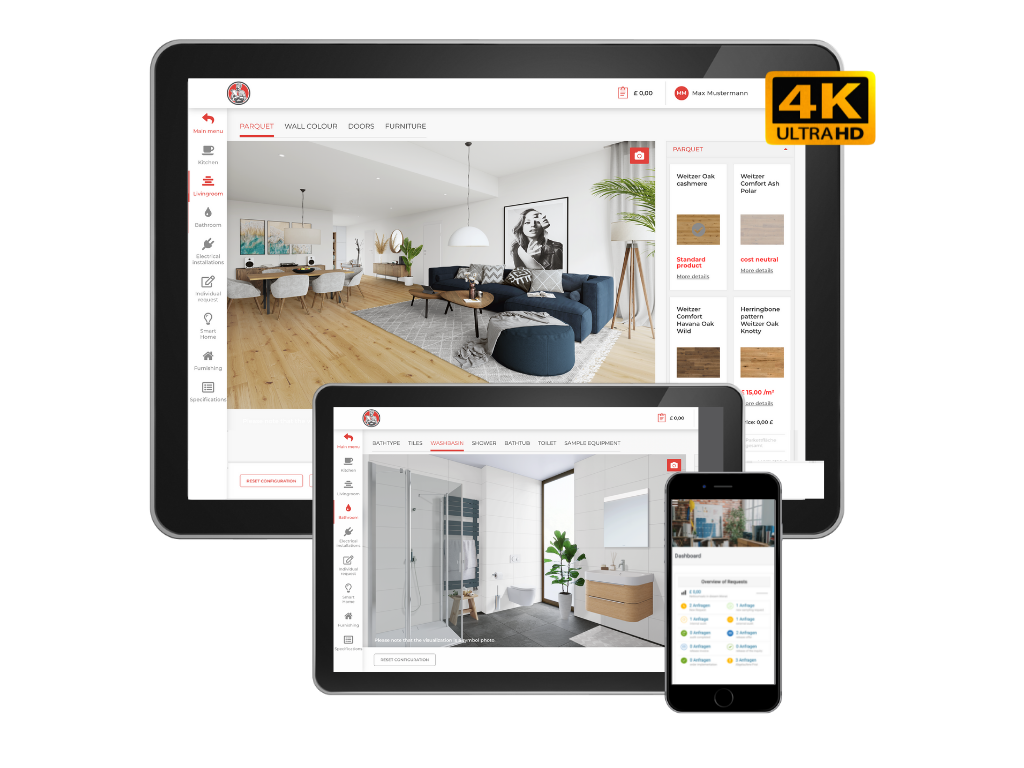
Do you notice any time savings by using PROPSTER’s defect management feature in PROPSTER Connect? How many hours do you reckon you’ve saved?
It is almost impossible to give an exact figure. I don’t think that anyone at ABG has measured this precisely. Nevertheless, time is definitely being saved. For example, information is available to everyone at all times and in full. This alone saves us long email chains and back and forths in search of the right information or the right person. The way in which defects are automatically generated based on the information provided by the purchaser rather than having to be done manually by our planners also saves us a considerable amount of time. This feature also saves the buyer time. Buyers can simply report defects themselves rather than having to liaise with us in arranging a visit by a member of our field team. Also the simplicity of the defect management reporting system, in terms of the clearly defined and minimal information requirements, means buyers are happy to submit a report and get the defect rectified quickly. We saw these advantages and that’s why we’re willing to invest in PROPSTER without a precise scientific calculation of time savings. All of us have, at one time or another, filled in these defect management lists ourselves, conducted endless correspondence and gone through the rigmarole of creating advertisements.
ABG already relies on other PropTechs, such as PLANRADAR – what other solutions are in use and which areas are you still looking to improve upon?
We still use former PropTechs, which I now consider to be long-established in the industry, such as thinkproject or Drooms. We’ve also developed our own in-house solutions with which we optimise our internal processes. For example, we have had a portal developed that is tailored specifically to our needs for processing flat purchases, which makes our work much easier. You’re right, we’re also engaged in talks with other PropTechs such as PlanRadar from Munich.

To what extent has PROPSTER, in combination with PLANRADAR, helped to make defect management and site reporting more efficient?
Both programmes are extremely helpful in dealing with defects, one specialising in construction and the other in warranty. Although these two phases have different requirements they can sometimes overlap so, in order not to lose essential information, it’s important to use compatible systems. We chose the two systems because they work synergistically and enable comprehensive documentation.
As an expert, what advice would you give to a young start-up that wants to digitise the real estate industry?
First of all, it’s important to note that the real estate and construction industries are very fragmented, which makes it extremely difficult to find general solutions that fit all potential customers. Therefore, the flexibility of the offering plays a very important role.
Secondly, the industry is known for its conservative approach to quality standards: if something does not fit 100 per cent, it often fails. Building on the above point, a certain level of adaptability is important.
Thirdly, the lessons learned from setbacks should definitely be used to improve one’s own product. There are plenty of PropTechs that only settled on a successful business model through reiterating based on these setbacks. That’s why my last advice is to build a strong network within the industry, where you can test your business models early on and get the feedback you need to improve your product.
What are the biggest challenges that you and the ABG Real Estate Group face in regards to digitalisation?
Here at ABG Real Estate Group, we recognised early on that smart digitalisation is a prerequisite for continued success long into the future. We also understand that if we are to maintain our position, and reputation, as one of the best then we needed to keep searching out innovative products and technologies and then investing in them. Just a few years ago, one still had to carry out many work processes in traditional, labour-intensive ways but now, with the emergence of PropTechs, new approaches and innovative ideas are being adopted rapidly. With so many new offerings entering the market, I think the biggest challenge facing us is in identifying new approaches that offer verifiable added value. Even in the realm of digitalisation, all that glitters is not gold.
Any final thoughts?
Digitalisation is only as good as its weakest link: the end user.

